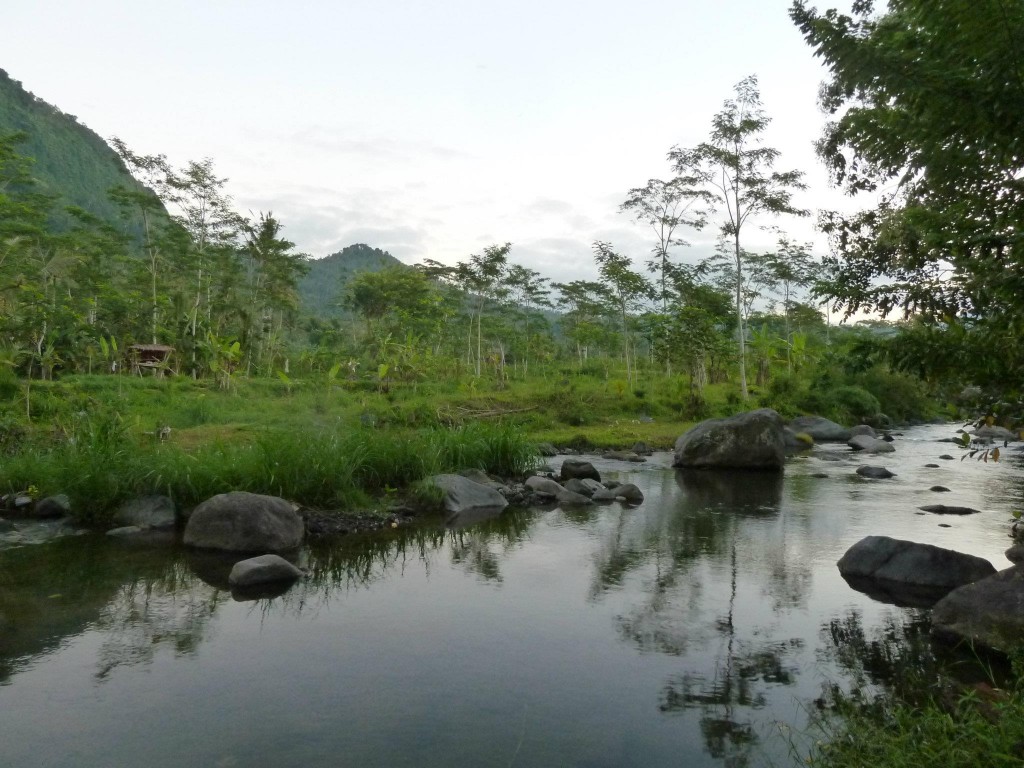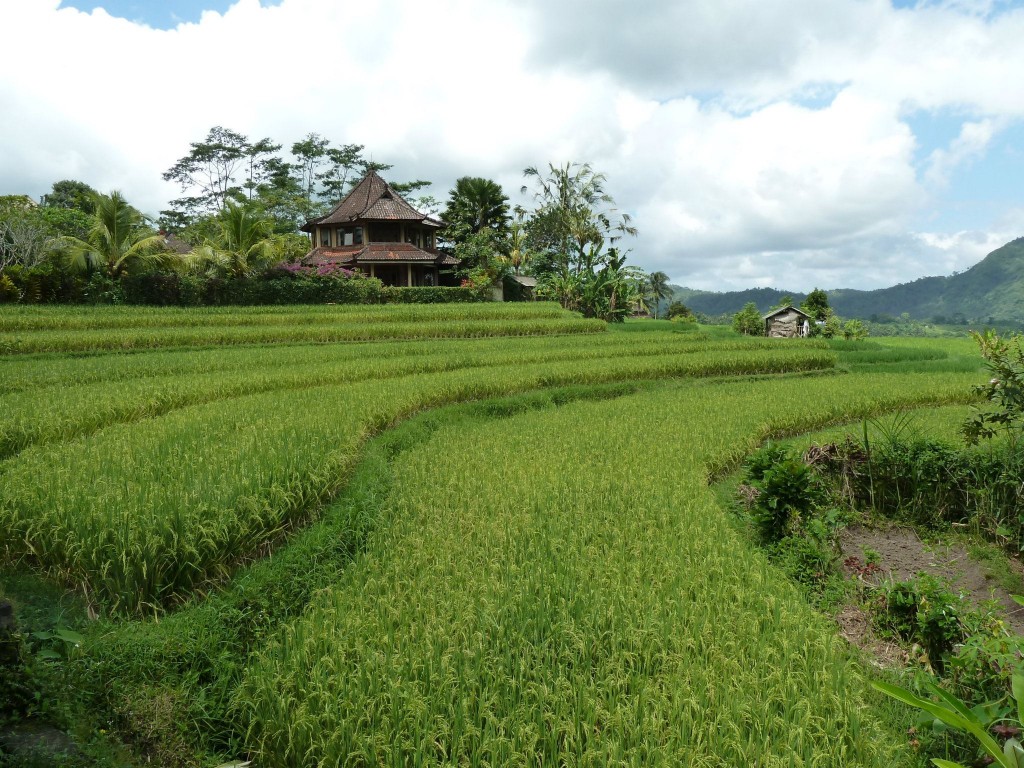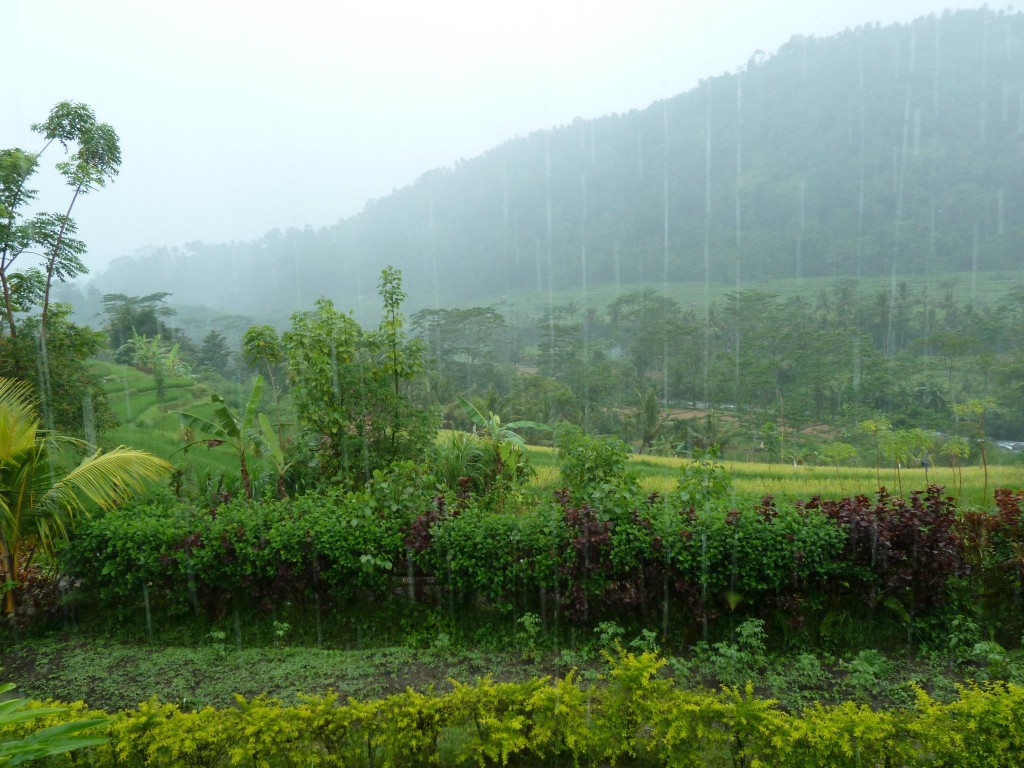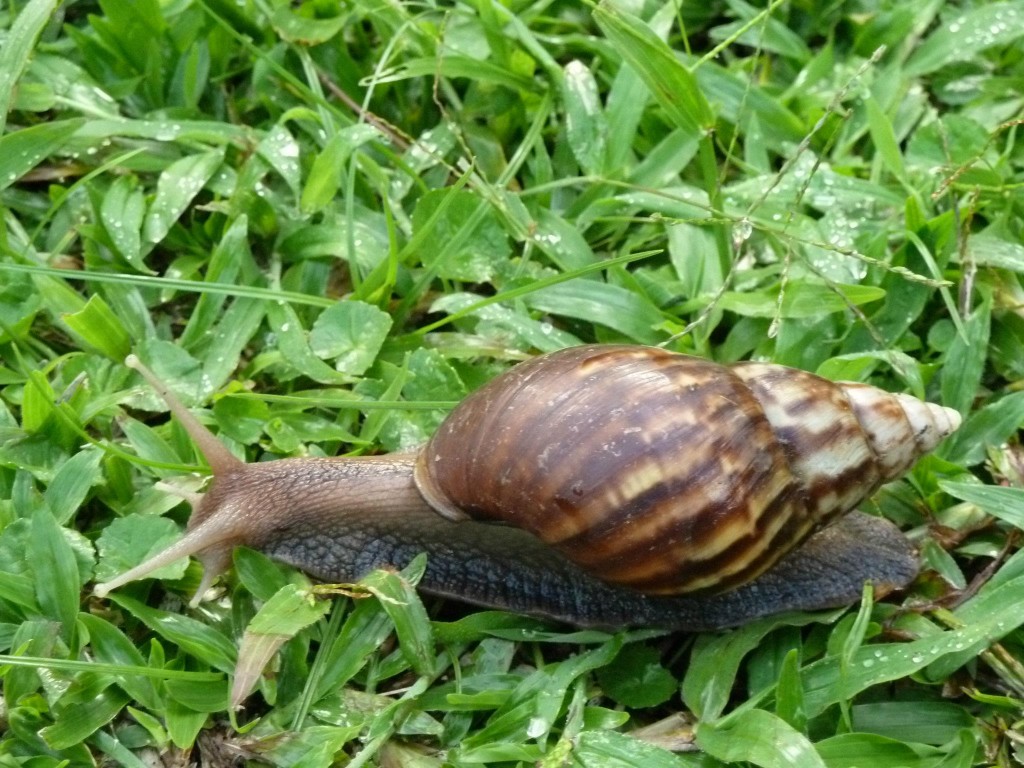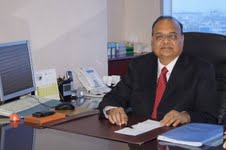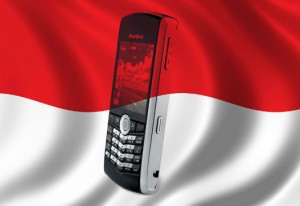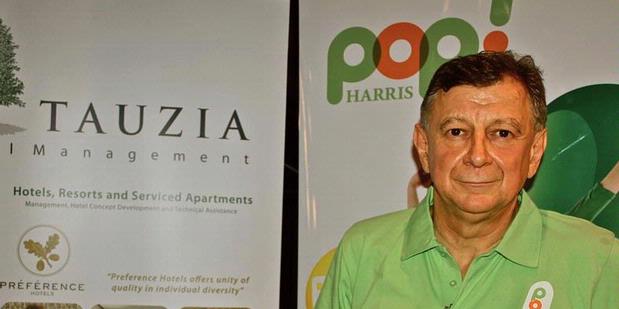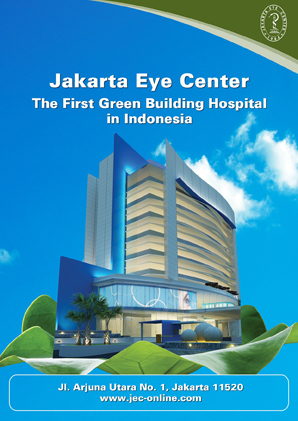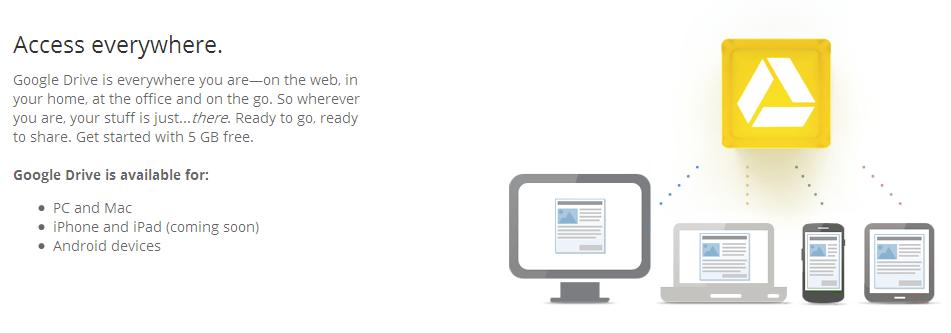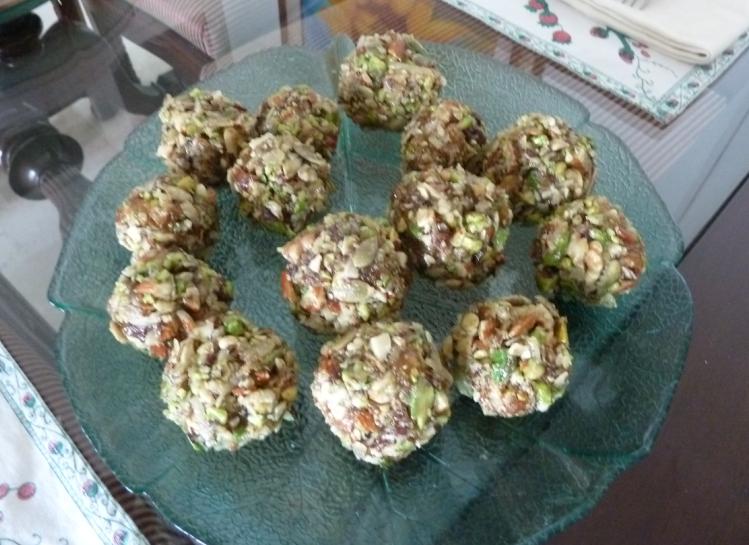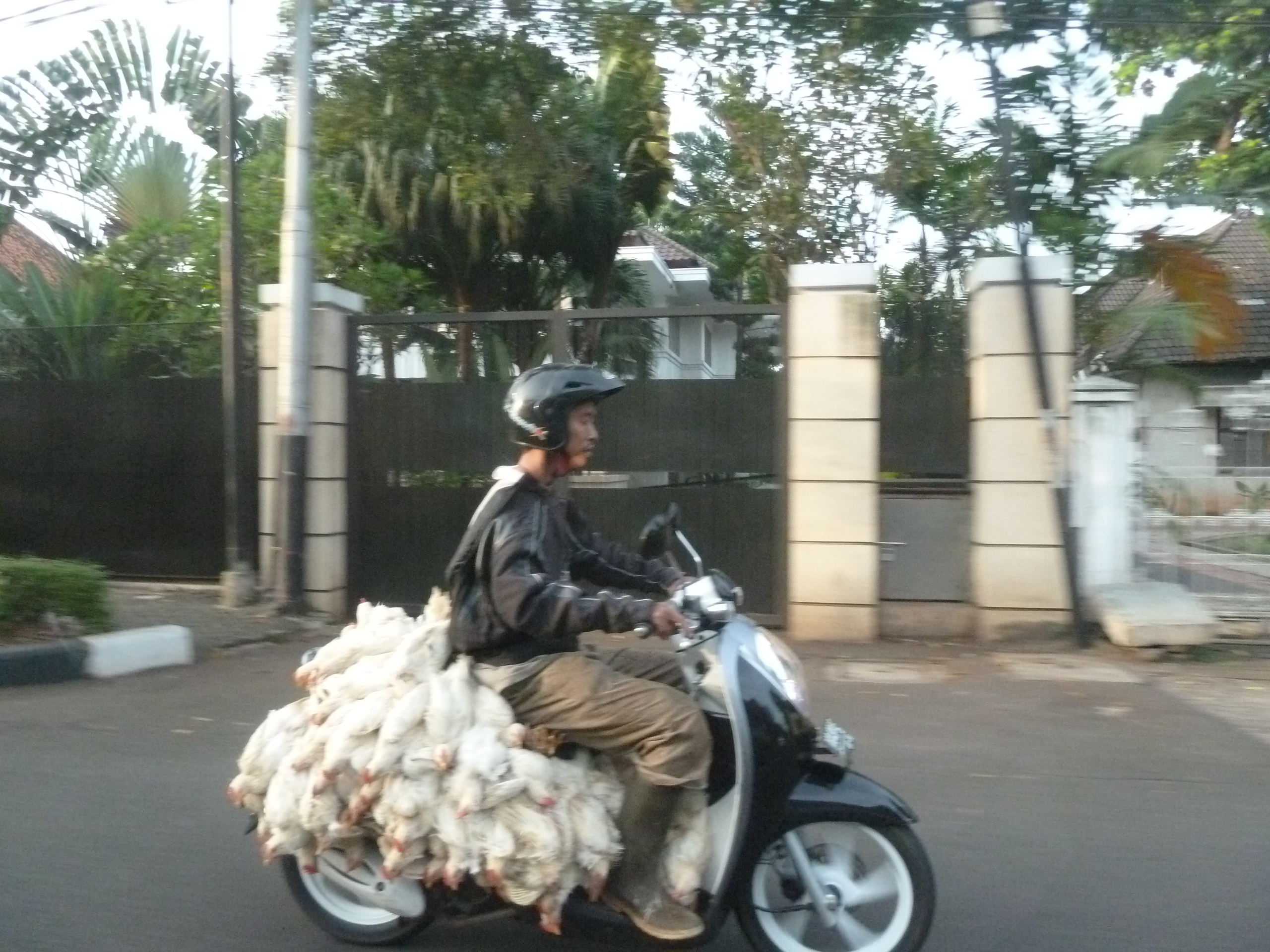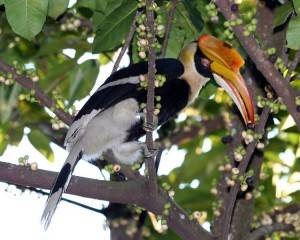 As the airplane approaches Singapore and its state-of-the-art architecture and tall skyscrapers, one cannot help but be impressed by the all prolific greenery. In fact Singapore, the economic hub of South East Asia is also Asia’s greenest city, as concluded by the Asian Green City Index study commissioned by Siemens and performed by the independent Economist Intelligence Unit (EIU) in 2011.
As the airplane approaches Singapore and its state-of-the-art architecture and tall skyscrapers, one cannot help but be impressed by the all prolific greenery. In fact Singapore, the economic hub of South East Asia is also Asia’s greenest city, as concluded by the Asian Green City Index study commissioned by Siemens and performed by the independent Economist Intelligence Unit (EIU) in 2011.
In Singapore’s ‘green road map,’ the country aims to go from being ‘a garden city’ to ‘a city in a garden.’ ‘The difference might sound very small,’ says Poon Hong Yuen, the chief executive of the country’s National Parks Board, ‘but it’s a bit like saying my house has a garden and my house is in the middle of a garden. What it means is having pervasive greenery, as well as biodiversity, including wildlife, all around you.’
‘As we’ve moved into the more knowledge-based industries, they bring along talent who like to live in a great city,’ said Mr. Poon. ‘It’s no longer about being well tended, but also about the livability, the excitement of living in a great city — and biodiversity is part of it.’
Although Singapore is a bustling metropolis with a total land area of 707 sq km, half of the city-state’s area is covered with planted areas from parks to rooftops. Its natural environment remains rich in biodiversity, and such is the variety of flora and fauna here that one botanist estimated more plant species in Bukit Timah Nature Reserve alone than in the whole of North America.
Singapore is also an important node in the East Asia Flyway used by migratory birds, and the Sungei Buloh Wetland Reserve has been set aside for these feathered visitors, making it a veritable bird watcher’s paradise.
To get up close and personal with nature and greenery, embark on any one of the walking or cycling trails in Singapore’s parks, gardens and park connector networks, such as the MacRitchie Nature trail. The parks, most of which provide free entrance, are located on the waterfront around reservoirs and along the coast, as well as in the heart of the city and heartlands. They are filled with different varieties of flora and fauna are some of the most popular sightseeing destinations in Singapore.
The famous Singapore Botanic Gardens established by Sir Stamford Raffles in the year 1859 attract visitors from all round the globe. Stretched over 52 hectares of land, features the National Orchid Garden, the Ginger Garden, and the Evolution Garden, with of hundreds of species including Singapore’s national flower: Vanda Miss Joaquim Orchid.
Gardens by the Bay a new park development, at Marina South, Marina East and at Marina Centre, the development will fan out across inter-connected waterways around Marina Bay.
The Jurong Bird Park situated on Jurong Hill, is home to a large number of Southeast Asian birds. The park has a nocturnal house and the largest walk-in aviary of the world.
Fort Canning Park near the bustling Orchard Road shopping district is a historical centre, a venue for performances and concerts. It belonged to the Malaya kings and is one of the oldest parks of the country.
One can also pay a visit to the Haw Par Villa, also known the Tiger Balm Gardens, is filled with a large number of statues from Chinese mythology. The Chinese Gardens reflects the Northern Chinese Imperial Style of architecture, with pagodas, tea houses and wooden paths, winding streams and elegant rocky structures balanced by the Bonsai Garden constructed in the Suzhou style.
The Singapore Zoo has around 170 animals like the komodo dragons and clouded leopards, and is very popular with young children. Chek Jawa, on the eastern tip of the Palau Ubin features marine creatures such as corals, starfishes and other sea creatures. There is also the Singapore Crocodilarium with almost 1,000 varieties of reptiles and entertaining crocodile shows.
The Bukit Batok Nature Park and the Bukit Timah Nature Reserve are popular with nature lovers and runners, with meandering paths through the scenic forest filled with birds and fruit trees. They are home to a vast number of plant, animal and insect species.
In addition to the many parks and reserves, one of the distinct features of Singapore is the abundance of greenery with trees and flowers at almost every corner of the island, akin to living in a garden.

